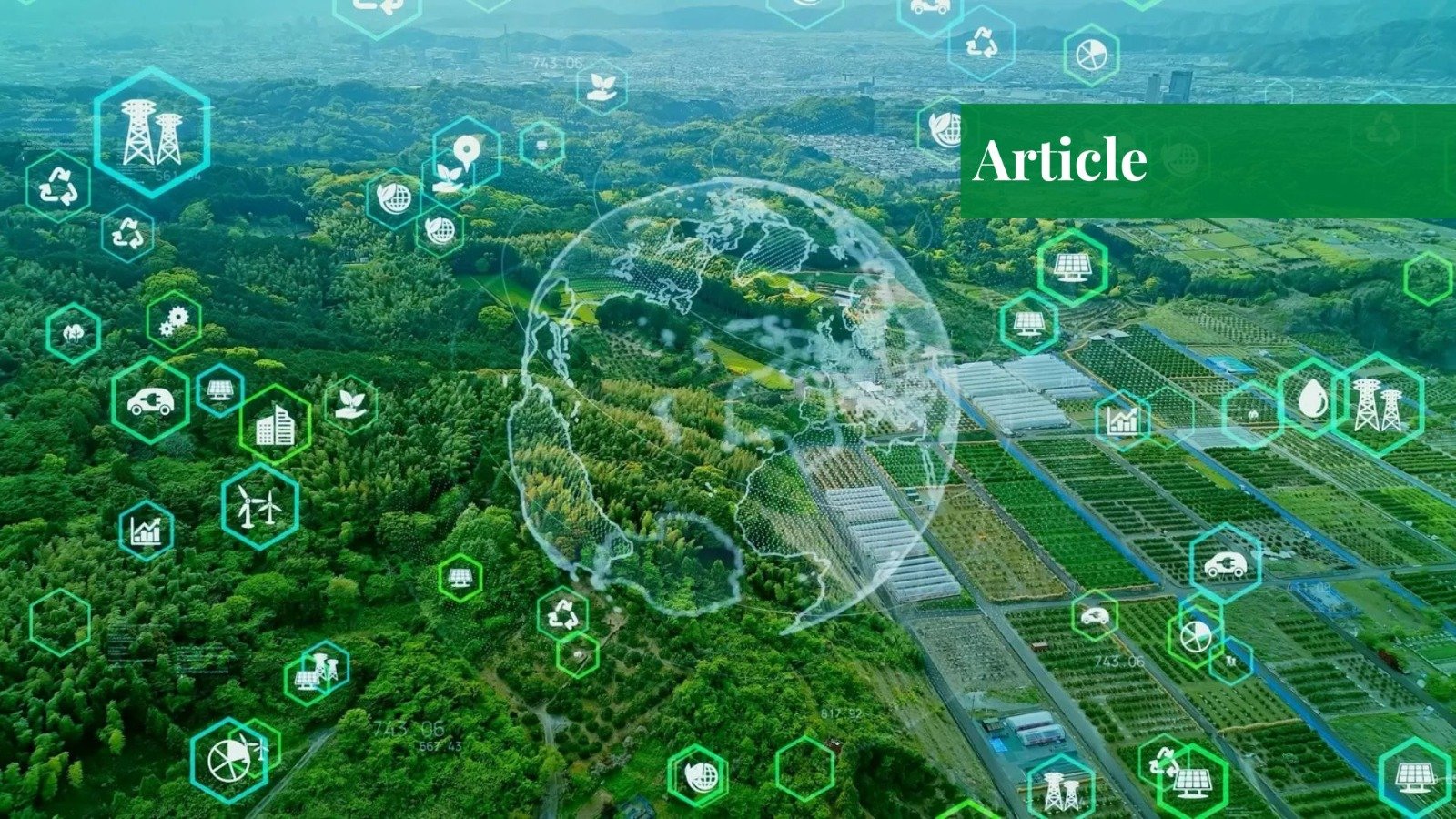Pakistan is no stranger to climate disasters. Heat waves are baking towns in the south. Torrential rains are flooding rivers and plains. Glaciers are melting in the north, triggering floods and landslides. These are no longer rare events; many are happening more often, hitting both lives and livelihoods, especially in farming communities.
In 2022, massive floods displaced more than 30 million people and damaged farmland, homes, and infrastructure (Revised Pakistan 2022 Floods Response Plan Final Report (Issued 15 Dec 2023)). The floods cost Pakistan billions and left many communities vulnerable for years afterward. In many places, people still rely on traditional signs to predict storms, red skies, smells in the air, or unusual behavior of animals. These beliefs, though deeply rooted, are too unreliable for what is now needed.
So, what if Pakistan had modern tools that could warn us ahead of time, give precise risk maps, and help people prepare rather than just react? This is where Artificial Intelligence (AI) comes in.
Why Pakistan Needs Better Disaster Prediction?
- The climate is changing fast. Monsoon rains are becoming stronger and more unpredictable. Heat waves are more intense and last longer. Glacial lakes in high mountain regions are growing, increasing the chances of sudden floods or glacial lake outbursts.
- Flood events are increasing. The number of major flood events per five-year period rose from about 4 events in 1980-1994 to 22 events in 2005-2024. These disasters affect millions each time.
- It’s not just floods. Extreme heat kills people, worsens health, reduces outdoor work capacity, and stresses water supplies. Many areas record summer temperatures above 45-50°C.
Because of these threats, anything that gives even a little more warning, enough time to move livestock, alert people, and prepare supplies can make a big difference.
How AI Could Help?
Short-term (Now or Soon)
- Early Warning Systems
AI can use data from satellites, weather stations, and other sensors to predict storms or heavy rainfall 1-3 days ahead. Better than guesses based on sky color or local lore. Warnings can be sent via SMS, radio, or apps, giving people time to move, protect their homes, or avoid travel in dangerous areas. - Evacuation Routes and Rescue Planning
In floods or sudden storms, knowing which roads will be submerged or which bridges might fail is critical. AI models can map the land and water flow, suggesting safe paths. Rescue teams can also use AI to locate stranded people, especially in remote or hilly regions. - Rapid Damage & Exposure Assessment
After floods, satellite images analyzed by AI can show which areas are underwater, which crops are lost, and how many people are exposed. For example, during the 2022 floods, machine learning helped estimate that 11.5% of Pakistan was inundated, putting nearly 19 million people at risk.
Long-term (Future Planning)
- Flood Risk Mapping & Land Planning
Using AI with satellite data, dynamic maps can identify flood-prone zones or areas at risk of glacial lake outbursts. These guides show where to build or not build houses, roads, and farms. Prevention is often far cheaper than rebuilding. - Agriculture Resilience Modelling
AI can simulate how shifting rains and heat waves affect crop yields. It can recommend drought-tolerant varieties, optimal planting times, and better irrigation strategies. - Infrastructure Planning & Resilience
Roads, bridges, dams, and drainage systems can be tested against future climate scenarios. AI can simulate how extreme rains or high heat will strain them, helping identify weak spots early.
Challenges & What Needs to Be Done
AI tools are promising, but there are obstacles:
- Better Data: Weather station coverage is sparse in rural and mountainous areas. Satellite data can be delayed or cloud-blocked. Local rainfall and river monitoring are essential.
- Local Capacity: Disaster agencies and NGOs must be trained to use AI tools effectively. Systems need to be transparent, not “black boxes.”
- Infrastructure & Communication: Warnings must reach people in local languages via trusted channels like SMS, radio, or community leaders. Evacuation routes and shelters must be maintained.
- Funding & Policies: Investment is needed in technology, land-use rules, and open data sharing. Donors and private firms can support innovation.
Why It Matters
During the 2022 floods, remote sensing and AI-based geospatial analysis helped measure damage across croplands, homes, and infrastructure. This allowed aid groups to better target relief. Studies show that human-caused climate change has made intense rainfall in Pakistan 50-75% more likely. What used to be “once in a generation” storms are now frequent. If warning systems and predictive tools are deployed widely, lives, homes, crops, and billions in emergency costs can be saved.
Conclusion
Pakistan is facing climate disasters not as distant threats, but as present realities. Heat, floods, melting glaciers, they’re not just news; they’re daily challenges. AI doesn’t solve everything, but it offers powerful tools: earlier warnings, smarter mapping, and better planning. Combined with local knowledge, strong policies, reliable data, and resilient infrastructure, Pakistan can reduce losses and build a safer future.
If you want to submit your articles and/or research papers, please visit the Submissions page.
To stay updated with the latest jobs, CSS news, internships, scholarships, and current affairs articles, join our Community Forum!
The views and opinions expressed in this article/paper are the author’s own and do not necessarily reflect the editorial position of Paradigm Shift.



